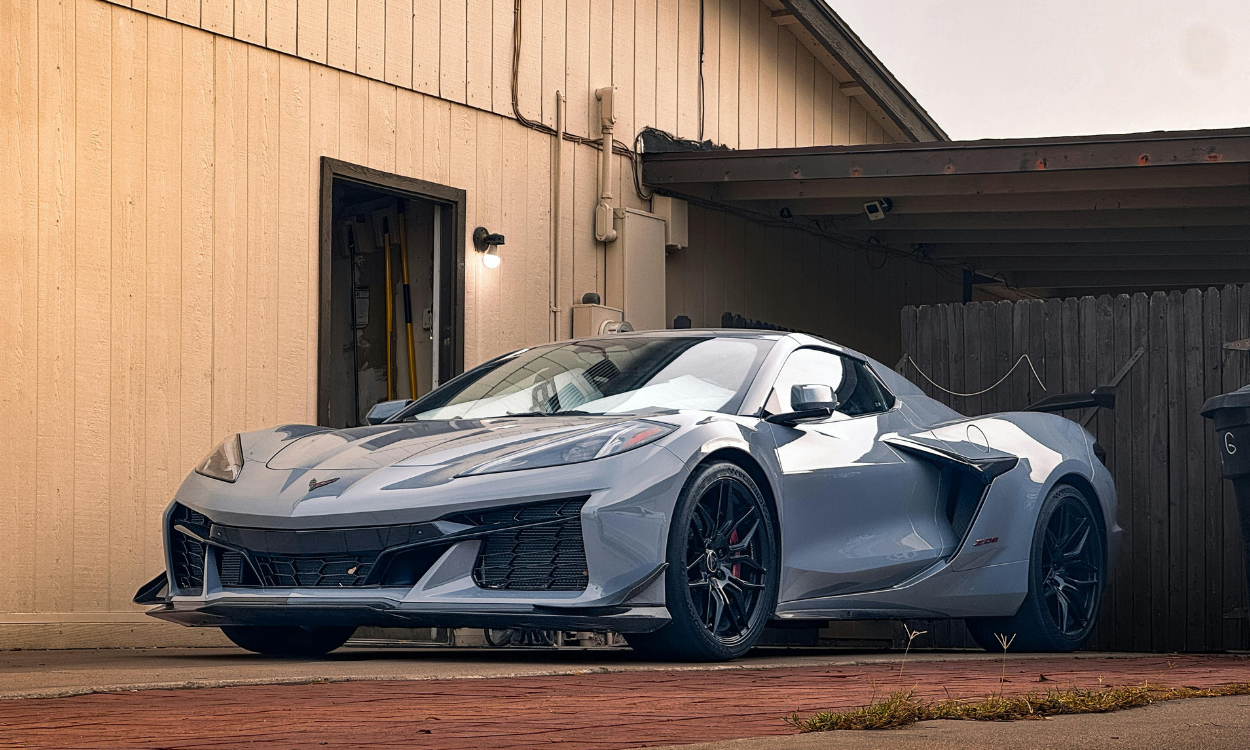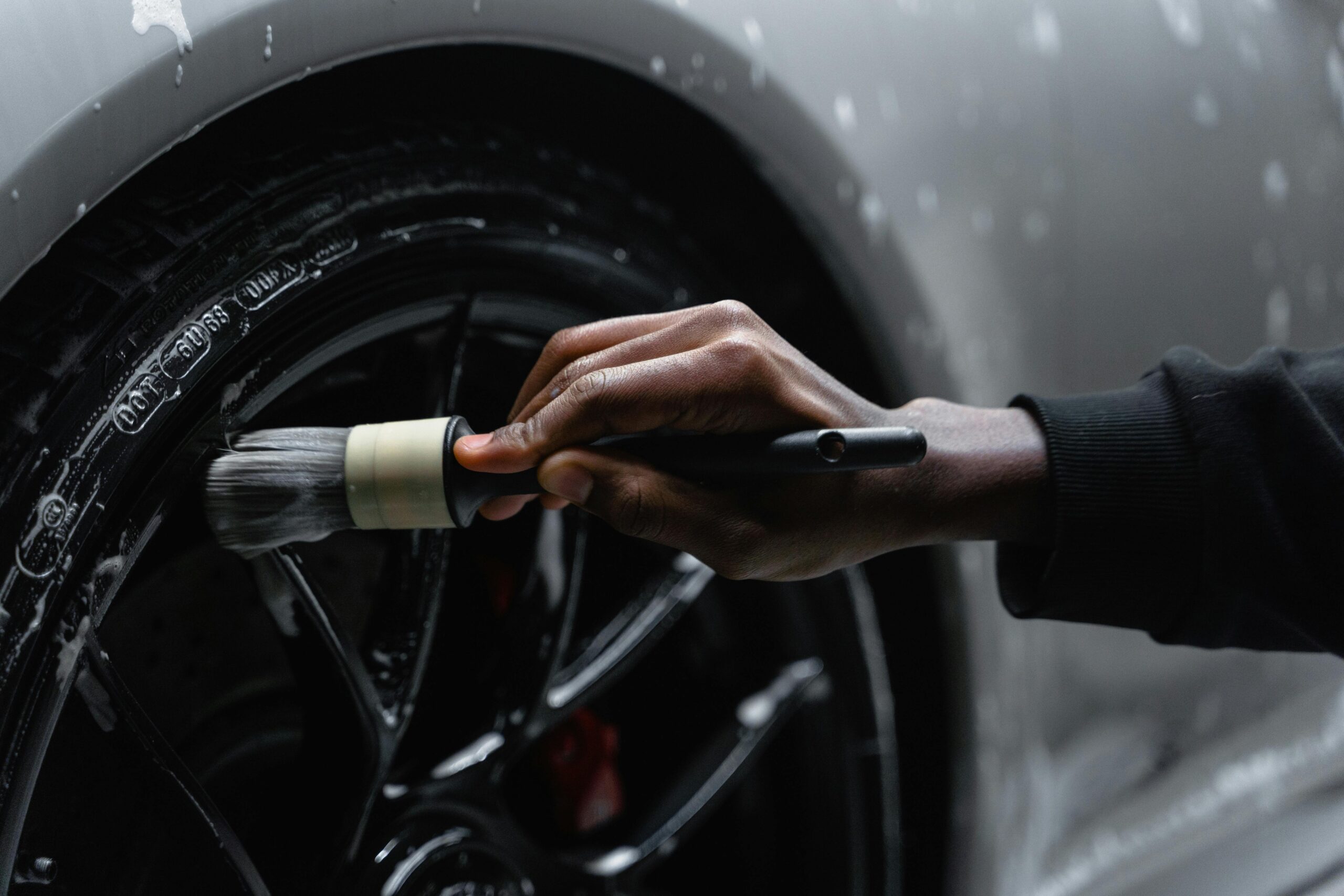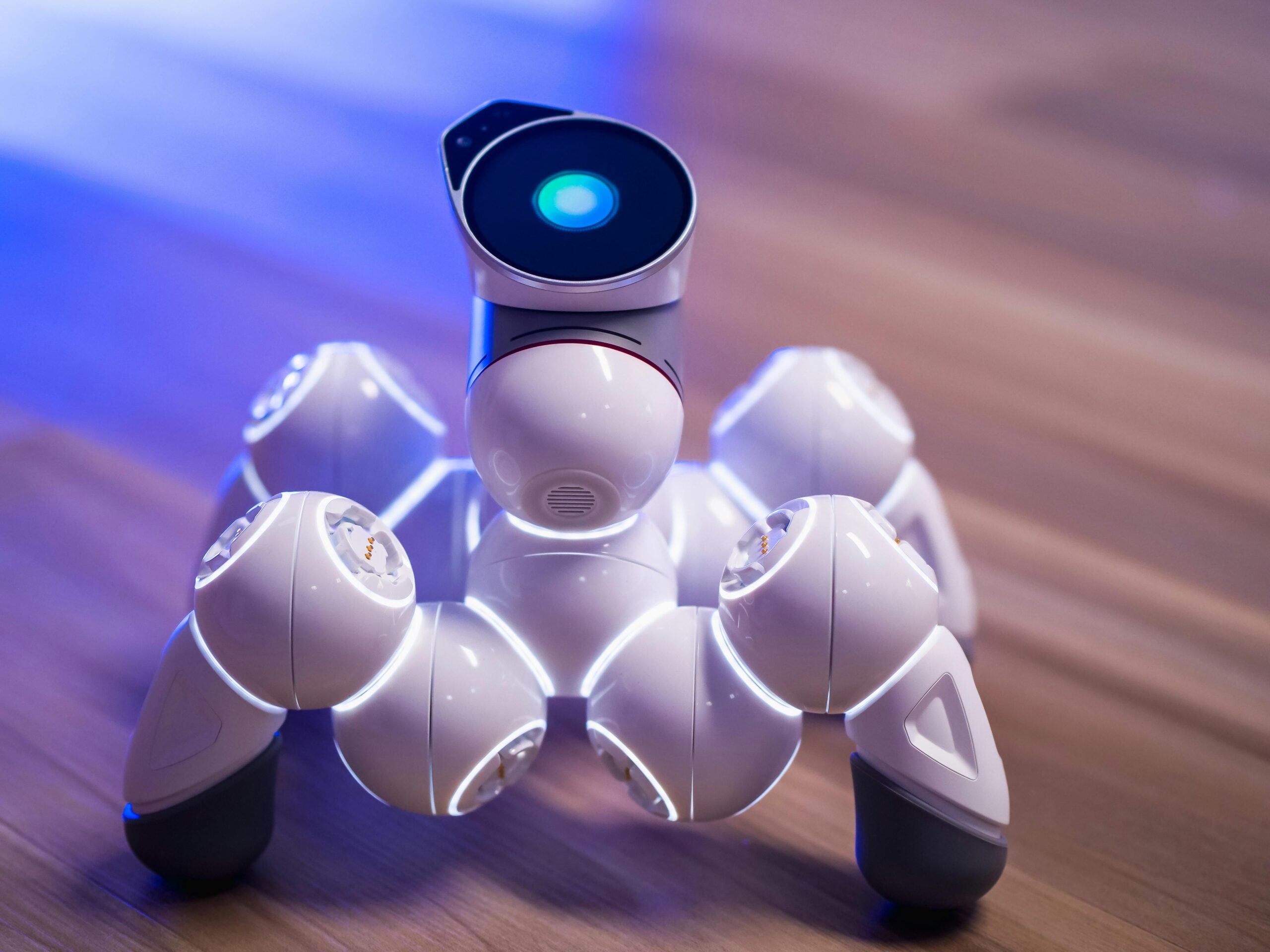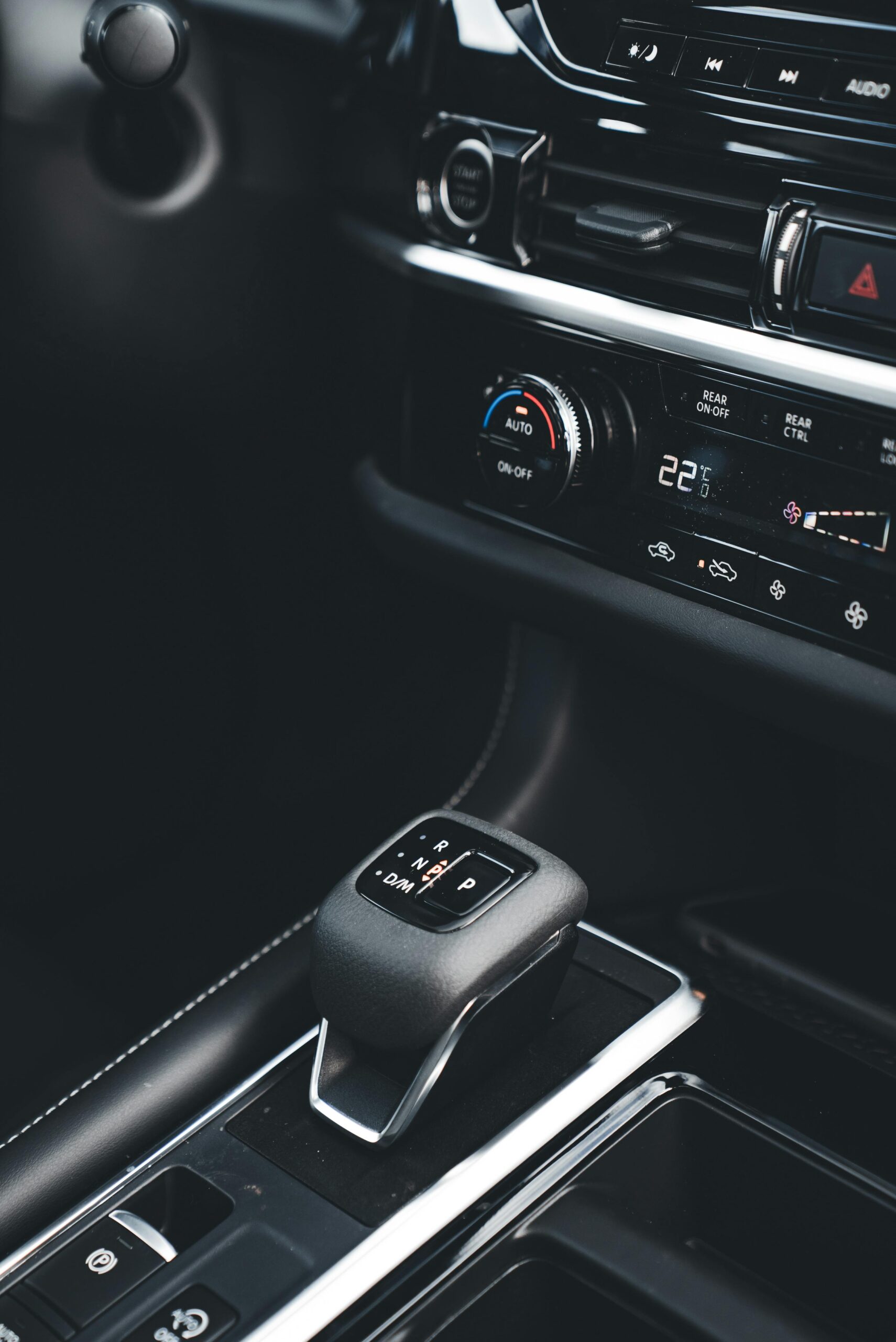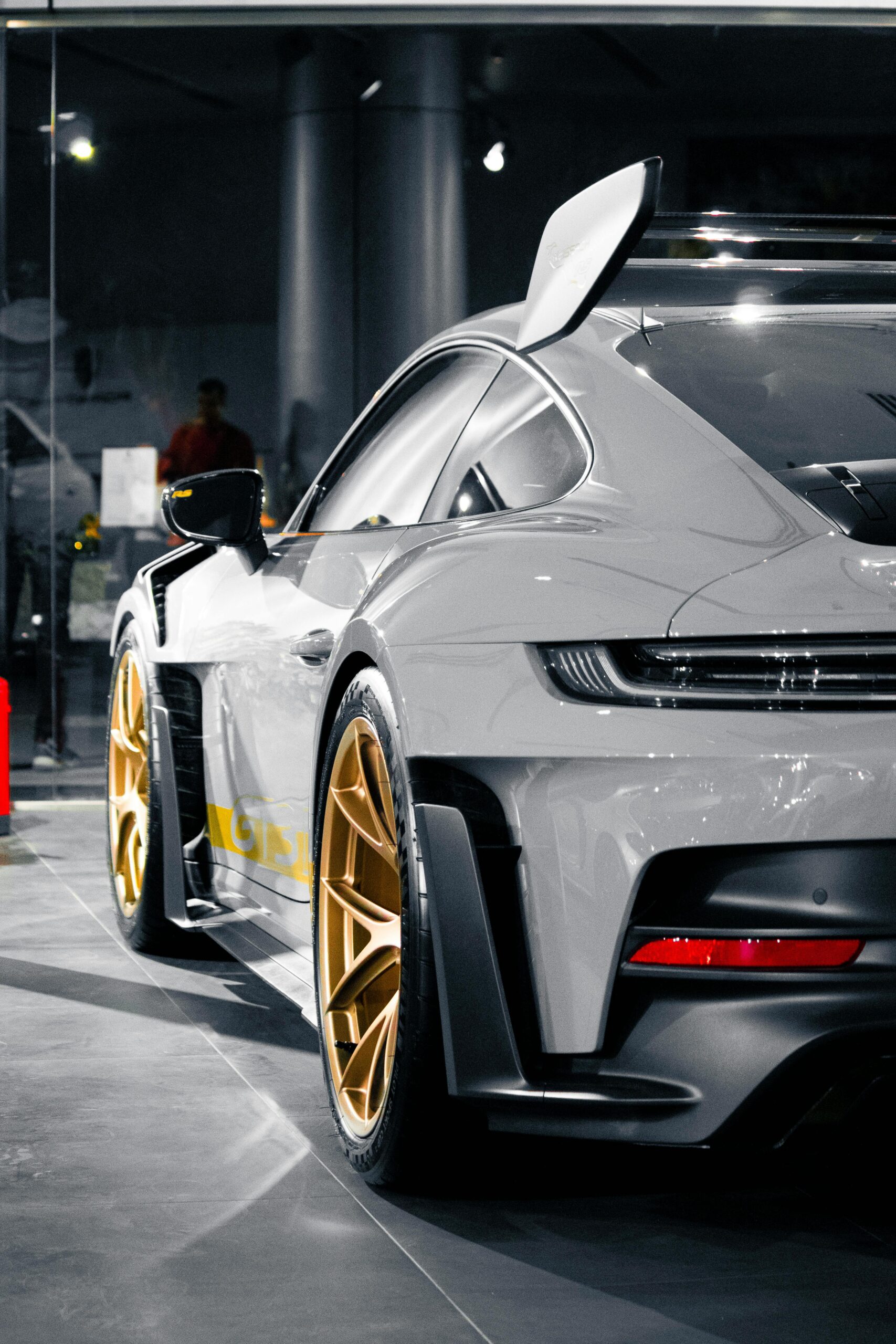The Future of Automotive Design: Revolutionizing the Way We Travel
The automotive industry has always been at the forefront of innovation, constantly evolving to meet consumer demands, technological advancements, and environmental concerns. As we look ahead, the future of automotive design promises to revolutionize the way we travel, bringing with it a wave of change that will reshape vehicles, transportation, and mobility as we know it. This transformation is driven by several key trends, including sustainability, connectivity, autonomous driving, and the integration of artificial intelligence.
Table of Contents
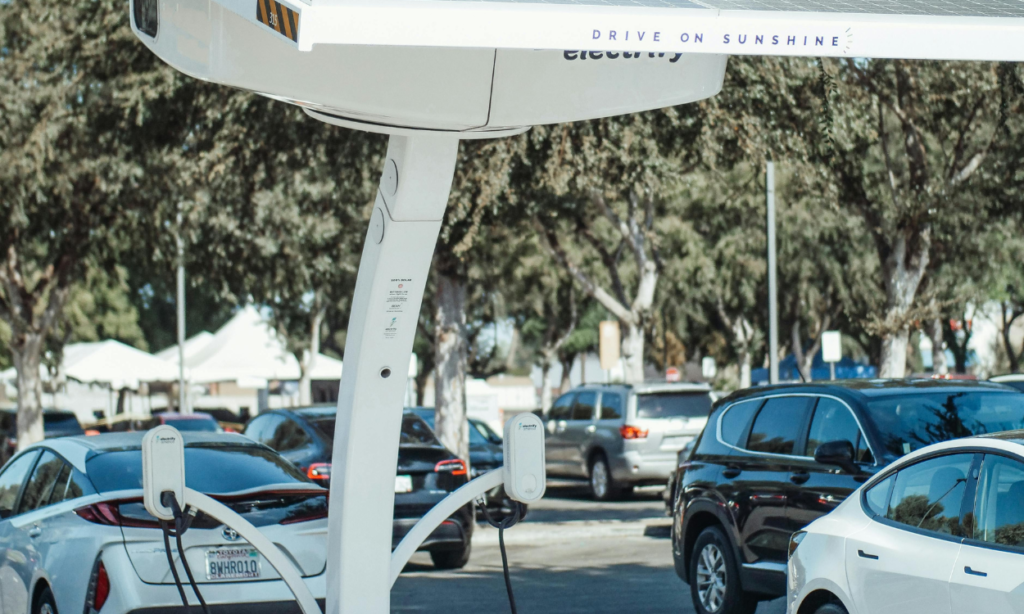
1. Sustainability and Eco-Friendly Designs
One of the most pressing issues in the future of automotive design is the growing emphasis on sustainability. Climate change and environmental degradation are critical concerns, and automakers are increasingly focused on creating vehicles that minimize their environmental footprint. This is leading to a shift away from traditional internal combustion engines (ICE) to electric and hybrid vehicles, which produce significantly fewer emissions.
Future automotive designs are also exploring the use of sustainable materials in car manufacturing. Recycled metals, plastics, and eco-friendly textiles are becoming more prevalent, reducing the reliance on non-renewable resources. Designers are also looking at biodegradable and renewable materials to further enhance the eco-friendliness of vehicles. The future of automotive design is deeply intertwined with the quest for greener mobility, with innovations aimed at reducing energy consumption and enhancing overall vehicle efficiency.
2. Electric and Autonomous Vehicles
Electric vehicles (EVs) are already making waves in the automotive industry, and their presence will only grow stronger in the coming years. The future of automotive design is inextricably linked with the widespread adoption of EVs, as they offer a cleaner and more efficient alternative to fossil fuel-powered cars. This shift requires a complete rethinking of vehicle design, with a focus on maximizing battery efficiency, improving aerodynamics, and reducing vehicle weight.
Autonomous vehicles, or self-driving cars, are another key element shaping the future of automotive design. These vehicles rely on a combination of sensors, cameras, radar, and artificial intelligence to navigate roads and traffic without human intervention. The design of autonomous vehicles will differ significantly from traditional cars, with an emphasis on spacious, comfortable interiors that prioritize passenger experience over driver control. In fact, the absence of a steering wheel or pedals may become the norm in future car designs, further enhancing the possibilities for creative interior layouts.
The integration of autonomous driving technology also opens the door to new possibilities in shared mobility. Future car designs may focus more on ride-sharing services, with vehicles designed to accommodate multiple passengers or even function as mobile workspaces. The rise of autonomous technology is set to redefine the future of automotive design, making transportation more convenient, efficient, and personalized.
3. The Role of Artificial Intelligence in Automotive Design
The future of automotive design will be heavily influenced by the integration of artificial intelligence (AI). AI systems can improve a vehicle’s performance by analyzing real-time data, adjusting driving modes, and even predicting maintenance needs. Moreover, AI-powered infotainment systems are becoming more sophisticated, offering personalized experiences based on user preferences.
AI will also play a crucial role in optimizing the overall design process itself. Designers will be able to use AI-driven tools to simulate and test vehicle designs more efficiently, reducing the time and cost involved in development. By predicting how vehicles will perform under various conditions, AI can help create safer, more reliable, and more energy-efficient cars.
AI will also enhance the user experience by creating highly personalized in-car environments. From adjusting seat positions and climate control settings to customizing entertainment options, AI will ensure that the future of automotive design is centered around individual comfort and convenience.
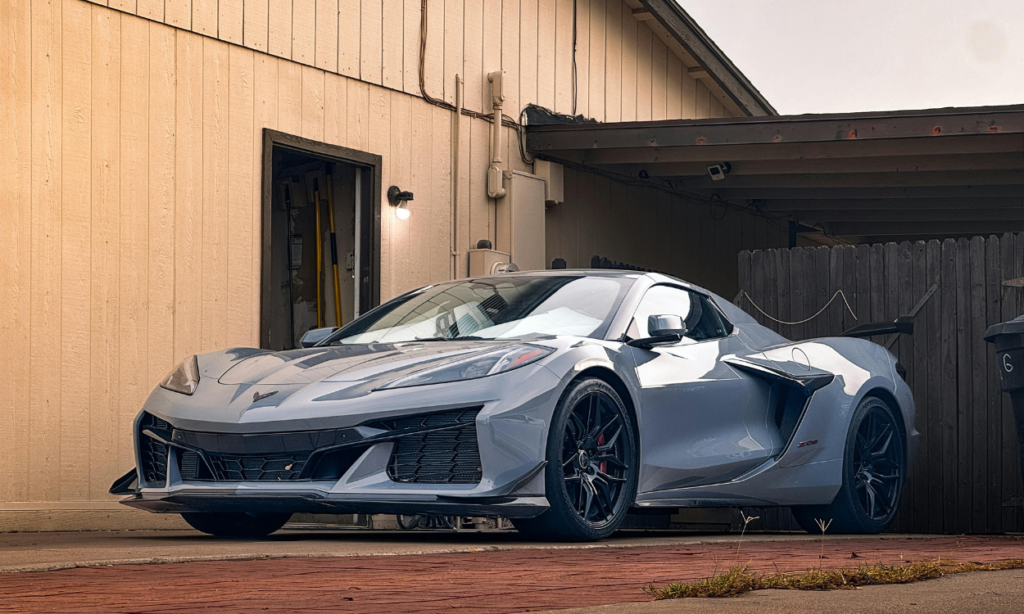
4. Connectivity and Smart Cars
As the world becomes more interconnected, the future of automotive design will focus on creating smart cars that can communicate with other vehicles, infrastructure, and devices. Vehicle-to-vehicle (V2V) and vehicle-to-infrastructure (V2I) communication technologies will enable cars to share data about traffic conditions, road hazards, and more, enhancing safety and efficiency.
The rise of 5G technology will further support the future of automotive design, enabling faster and more reliable data transmission. This connectivity will allow for advanced navigation systems, real-time traffic updates, and more efficient route planning. Additionally, the concept of the “connected car” will become a reality, with vehicles integrating seamlessly with smartphones, home devices, and even the broader Internet of Things (IoT) ecosystem.
Future car designs will likely incorporate large touchscreens, voice-activated controls, and augmented reality displays that offer drivers and passengers a more immersive and intuitive experience. These innovations will create a seamless blend of technology and transportation, enhancing both the safety and enjoyment of driving.
5. Safety and Autonomous Driving Technologies
Safety has always been a top priority in automotive design, and this focus will only increase in the future. Advanced driver-assistance systems (ADAS) are becoming more common, and the future of automotive design will see even more sophisticated safety features. These systems will use AI and sensors to detect potential collisions, monitor driver attention, and assist with tasks like parking and lane-keeping.
In the future, fully autonomous vehicles will likely reduce the number of accidents caused by human error, which currently accounts for the majority of traffic incidents. Autonomous vehicles will be able to react more quickly and accurately to changing road conditions, creating a safer driving environment for everyone.
6. New Forms of Mobility
The future of automotive design is not limited to personal cars. New forms of mobility, such as electric scooters, bikes, and autonomous shuttles, are becoming increasingly popular, especially in urban areas. These alternatives to traditional vehicles are often more sustainable, efficient, and accessible for short-distance travel.
Automotive designers are also exploring new concepts such as flying cars and hyperloop transportation systems. While these technologies may seem futuristic, they are already being developed and tested, and they could become a reality in the coming decades. These innovations represent the ultimate expression of the future of automotive design, expanding the boundaries of what is possible in transportation.
7. Customization and Personalization
In the future, consumers will demand more customization and personalization options for their vehicles. Advances in manufacturing technologies, such as 3D printing, will allow automakers to create bespoke vehicle designs tailored to individual preferences. From custom interiors and color schemes to personalized in-car technology, the future of automotive design will be all about offering unique experiences to drivers and passengers.
Consumers will also have more control over the functionality of their vehicles. Software updates and upgrades will allow drivers to customize their car’s performance, infotainment options, and even safety features. This level of personalization will ensure that the future of automotive design caters to the diverse needs and preferences of a global audience.
Conclusion
The future of automotive design is an exciting and dynamic field that will transform the way we think about transportation. From electric and autonomous vehicles to AI-driven innovations and connected cars, the possibilities are endless. As designers continue to push the boundaries of what is possible, the future of automotive design will not only enhance the driving experience but also address some of the most pressing challenges facing our world today, including sustainability, safety, and efficiency. The road ahead is full of promise, and the future of automotive design is set to drive us into a new era of mobility.

